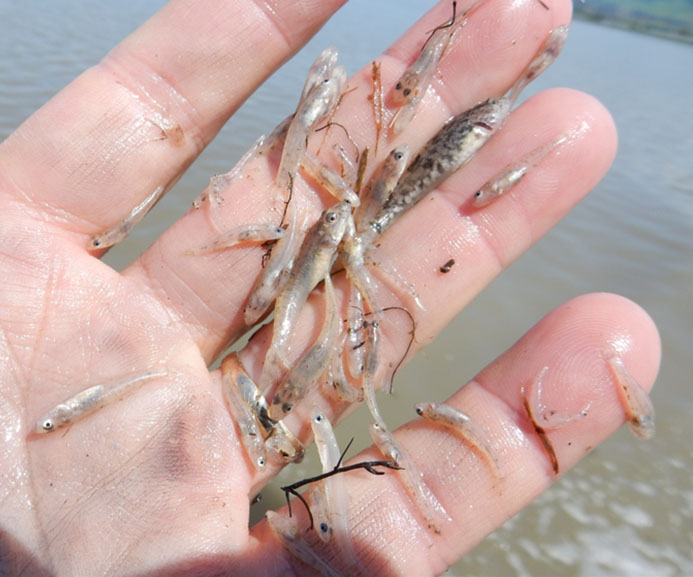A Boat-side View of Restoring South Bay Tidal Marshes
 It’s time for another guest post! We are lucky to get a boater’s-eye view of our restoring tidal marshes from Jim Ervin, who writes a monthly nature blog for UC Davis, a summary of eyewitness observations from the boat used by UC Davis fish scientists as they cruise up and down the Coyote Creek and around Alviso marshes and sloughs trawling to monitor fish. Jim takes the photos and develops maps to track the outcomes of the university’s fish monitoring crew.
It’s time for another guest post! We are lucky to get a boater’s-eye view of our restoring tidal marshes from Jim Ervin, who writes a monthly nature blog for UC Davis, a summary of eyewitness observations from the boat used by UC Davis fish scientists as they cruise up and down the Coyote Creek and around Alviso marshes and sloughs trawling to monitor fish. Jim takes the photos and develops maps to track the outcomes of the university’s fish monitoring crew.
First, some background:
The UC Davis Otolith Geochemistry and Fish Ecology Lab has been conducting fish monitoring surveys of Lower South San Francisco Bay since 2010. Most of this monthly work is conducted in and near several of the restored former salt ponds along the lower segment of Coyote Creek and surrounding marshes. We count roughly 60 species of fish and bugs (invertebrates) at 20 stations every month. The main purpose of this work is to monitor a small but growing resident population of a threatened fish, Longfin Smelt. But, we also track the overall health of the marsh and long-term ecological changes.
Long story short…I have been taking pictures of the pond restoration process along Coyote Creek since about 2012. However, because the UC Davis blog is a fish blog, I only occasionally post photos of marsh growth.
I am very interested in the plants, but my knowledge is rudimentary at best. This is a brief overview of almost ten years of observations in restored former industrial salt Pond A19.
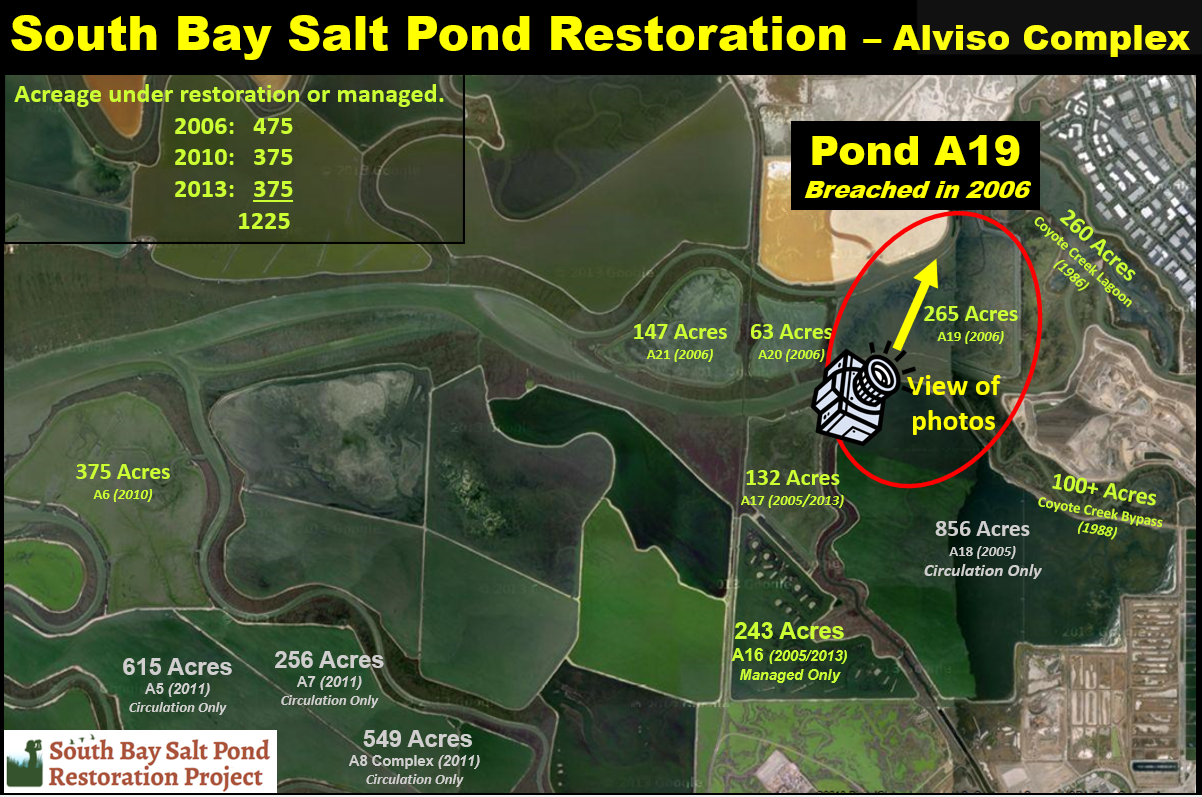
Pond A19 - the first few years
Pond A19, shown in these photos, is a 265-acre area along the Coyote Creek delta near Milpitas that the Restoration Project breached for passive restoration in March 2006. I started photographing in earnest around 2014 when the interior of the pond was still mainly naked mudflat.
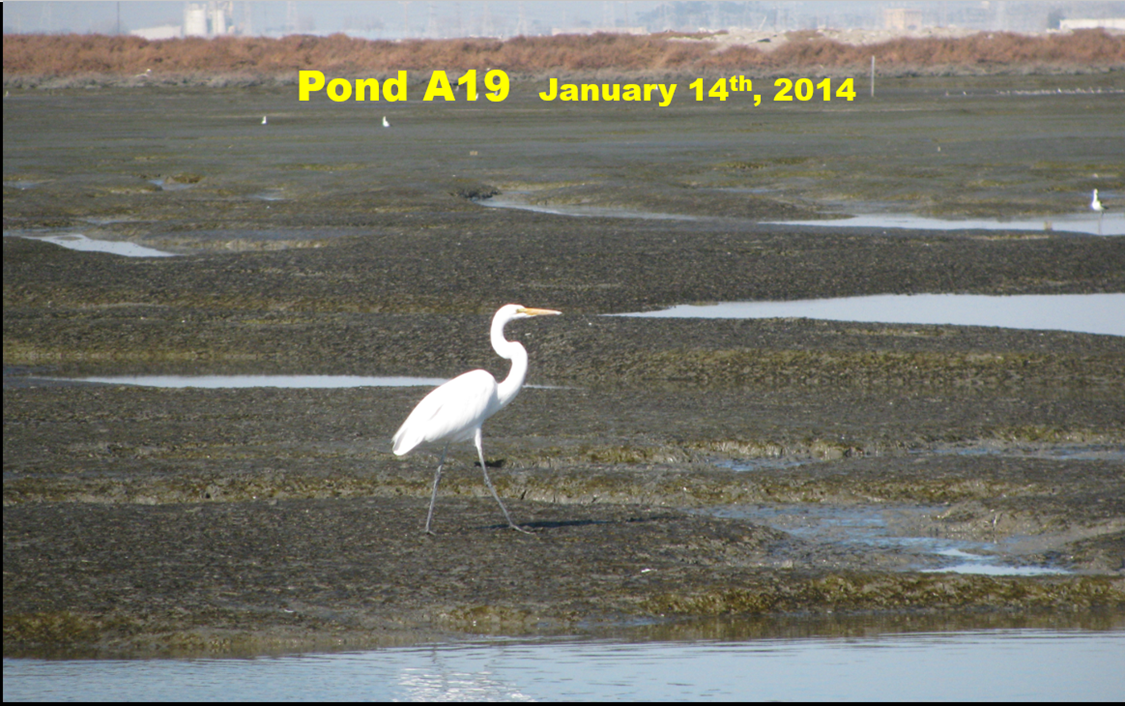
It has been interesting to watch the restored ponds gradually fill in with sediment and start to bloom. But, it takes patience: seasons changed, years passed, the marsh slowly accreted.
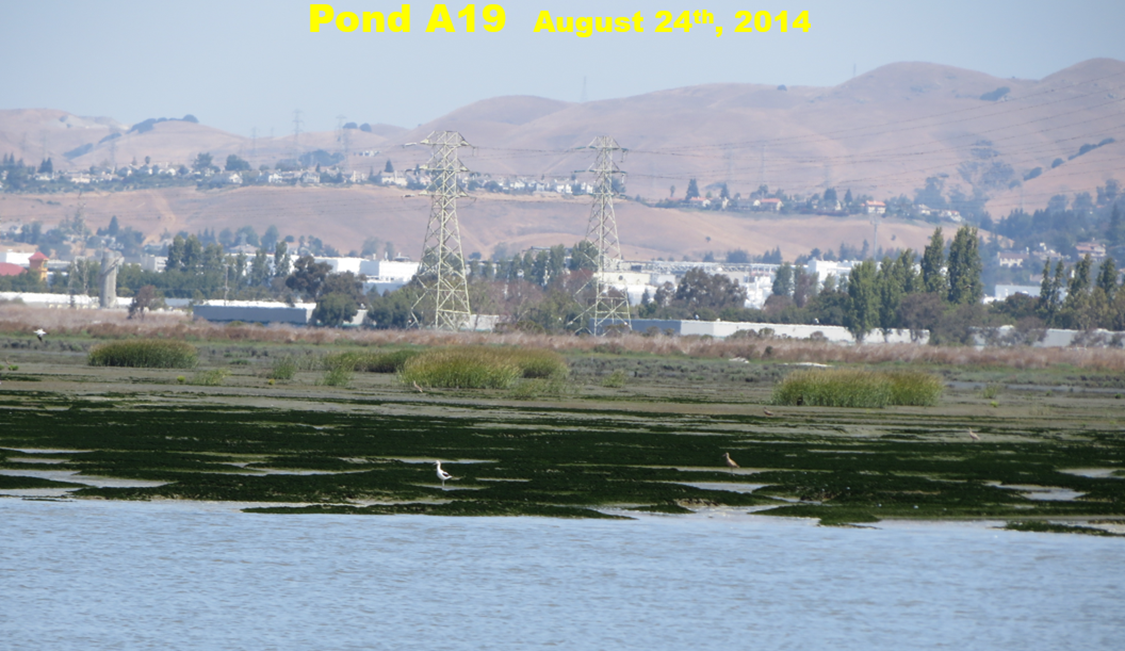
We first noticed substantial patches of spartina (cordgrass) starting to fill in around 2016. But progress was intermittent. Cordgrass grew tall in summer when Bay water was salty. It would then get knocked flat the following winter when rainwater flushing made water fresh again. But, very slowly, Pond A19 continued filling in.
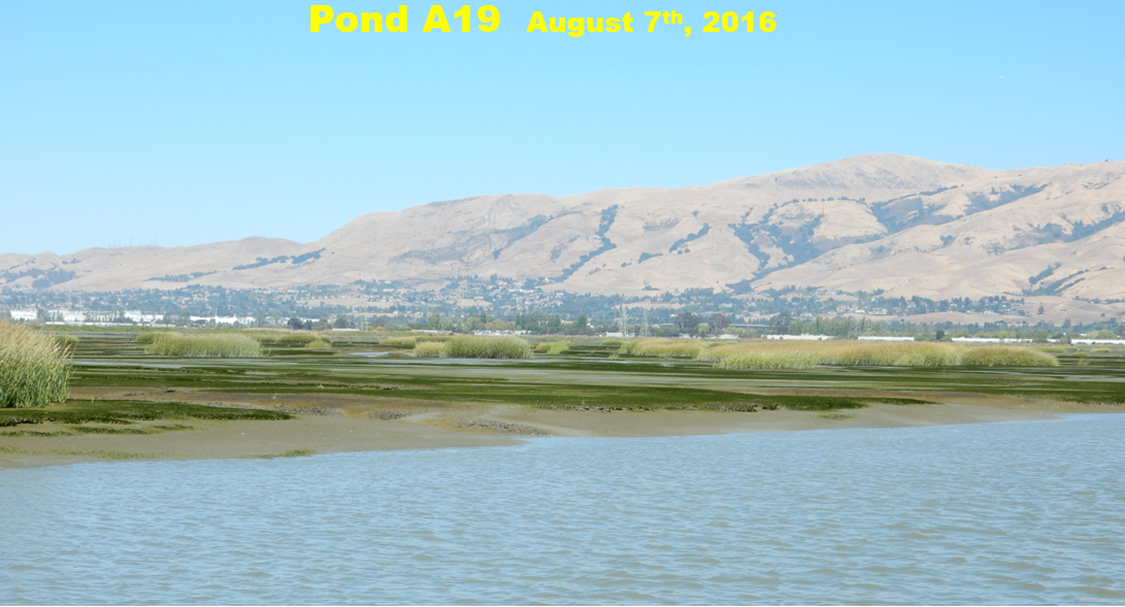
The Freshwater Flush of February 2017
A big change happened in 2017. I call it “a watershed event.” That was the year of the February Freshwater Flush. If you live in this area, you may recall that exceptionally heavy rains fell in San Francisco Bay that winter. It caused substantial flooding in San Jose and some other places.
The flooding had a profound impact on these marshes. For a few months, the local rivers were swollen with fresh water. Salinity dropped almost as low as tap water for a few months, causing a minor die-off of sharks and rays that were caught too far upstream.
Low salinity also encouraged the recruitment of many small fishes and bugs. Our counts of baby gobies and longfin smelt quickly rose to numbers we had not seen before.
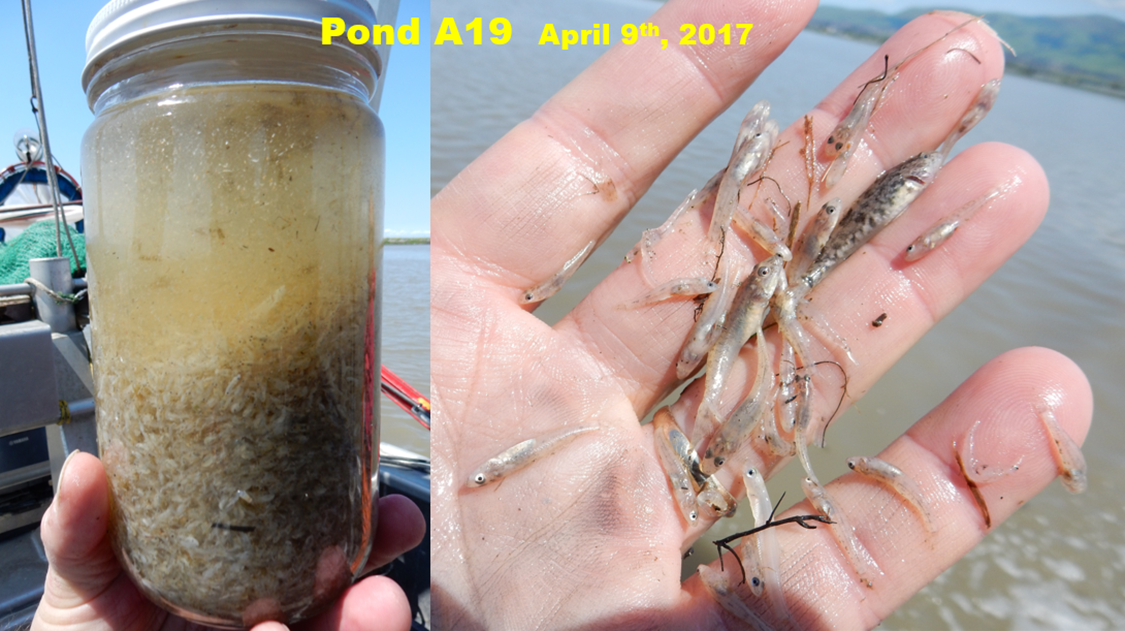
Within a few months, we could see that populations of several desirable fish and shrimp species had increased both in Pond A19 and in the surrounding area. At the time, we could not know if this was a permanent change or just a fluke.
We sensed but did not fully appreciate the extent that Pond A19 was becoming an important spawning and rearing habitat for fishes and the tiny bugs they eat.
But, I digress…
More years pass. The pond restores.
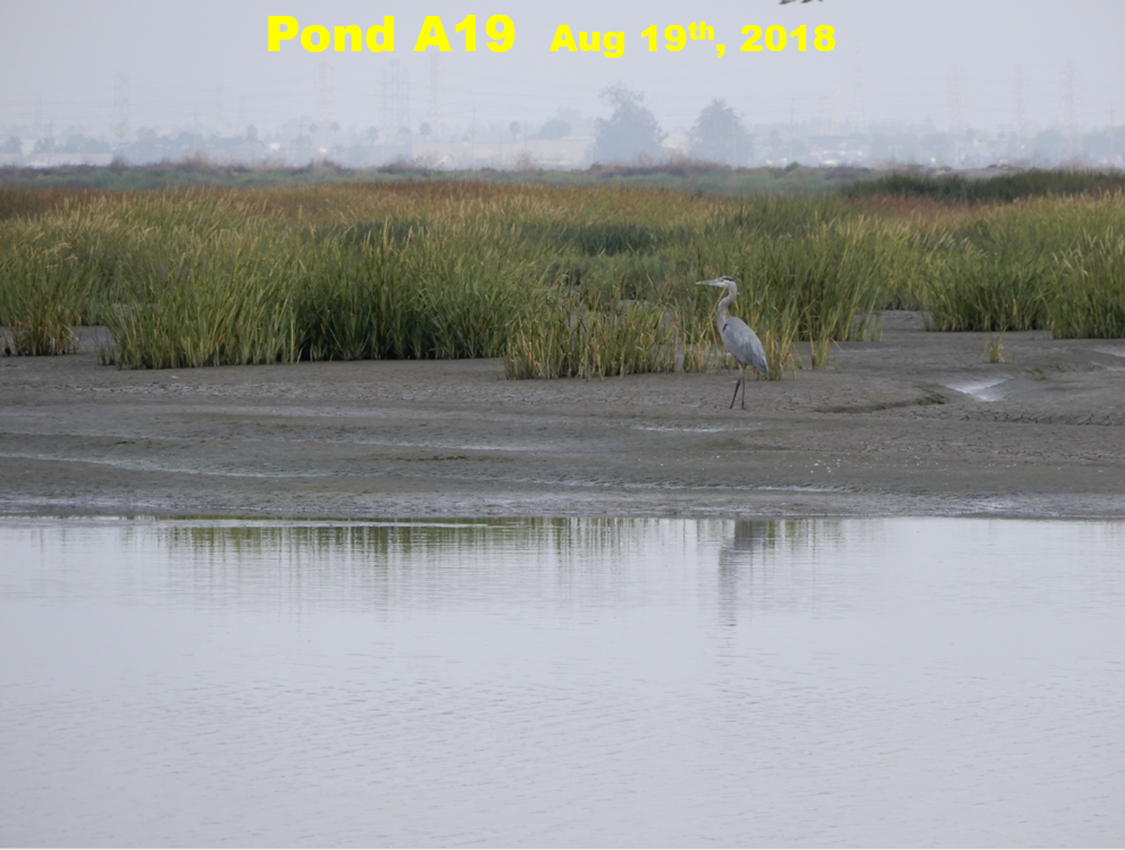
The above-ground picture was equally compelling – but, only in the summer. Cordgrass was spreading like wildfire across the former mudflat. Every summer, I felt that Pond A19 had turned into a marsh paradise.
But then, often as not, winter coldness and freshwater flushing would knock the cordgrass back down to mudflat and rhizomes. This was a little depressing from a marsh plant point of view.
Nonetheless, underwater productivity continued to improve, with greater numbers of mysid shrimp.
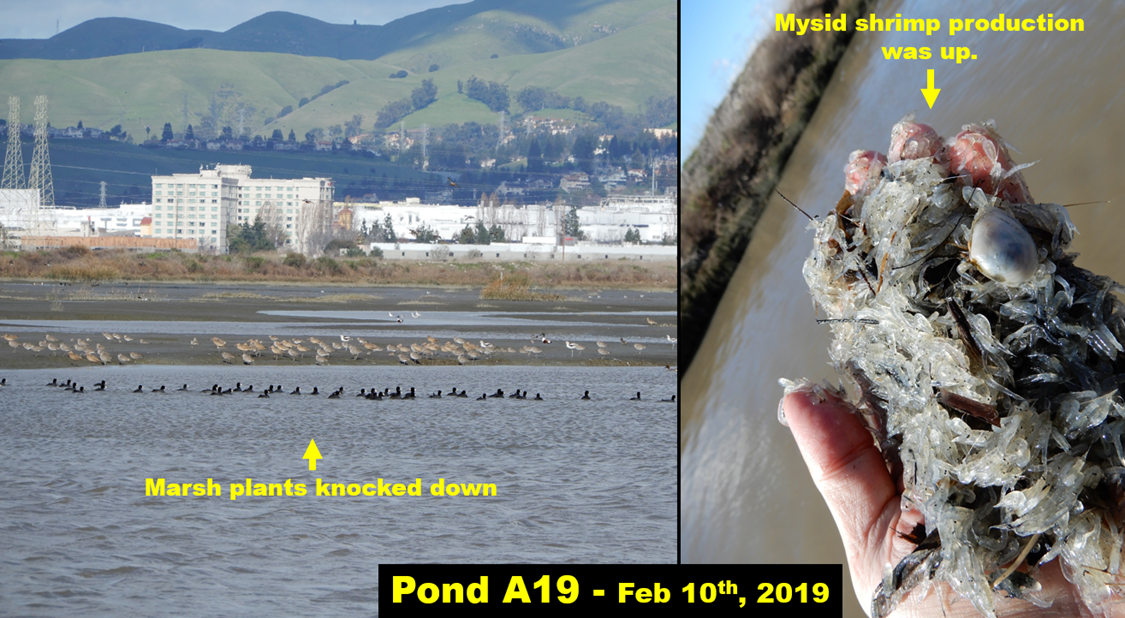
The good news was that we were seeing solid signs that cordgrass, pickleweed, and California bulrush were reemerging more widely and rapidly each spring.
These marsh plants establish rhizomes that survive through tough times. Marsh plant diversity was also increasing.
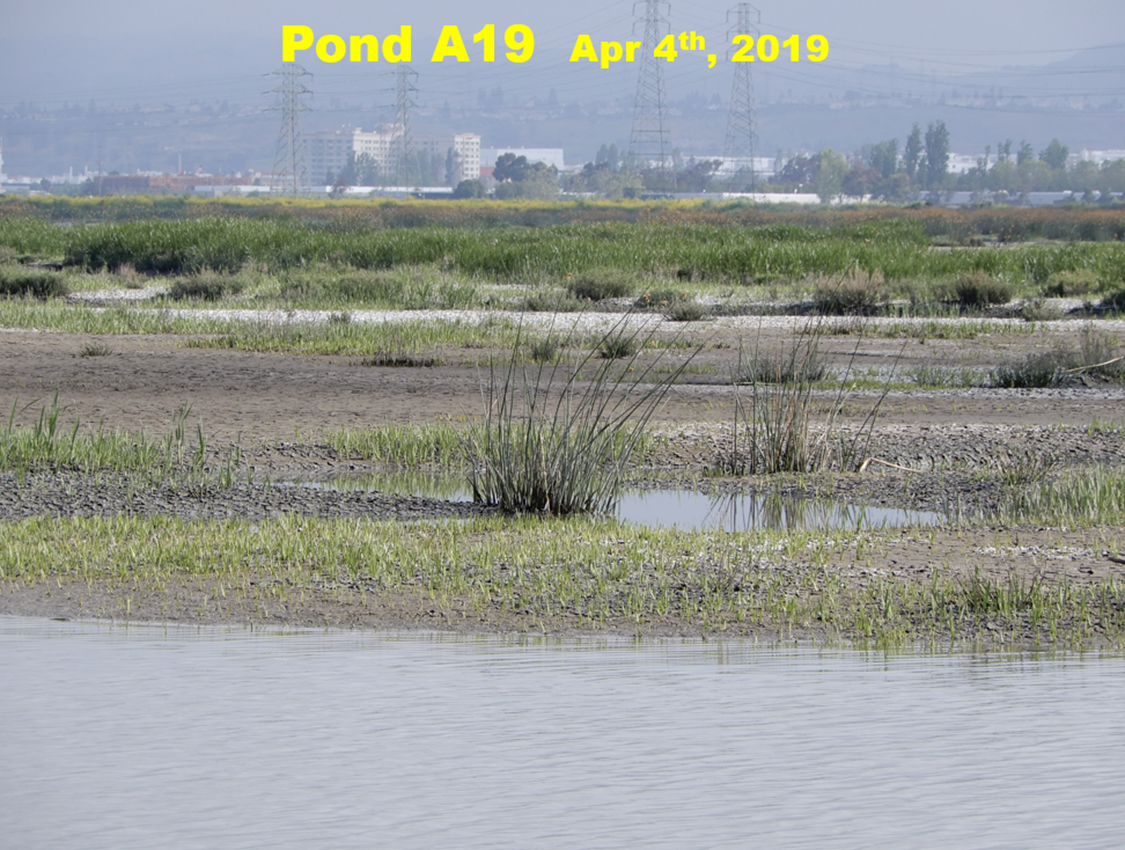
Is it Restoration Success yet???
It has been a bumpy ride. At Pond A19, overall, vegetation restoration progress has been slow but steady. Fish production is up. The tiny bug production is definitely feeding our fish production, and we counted many spawning anchovies.
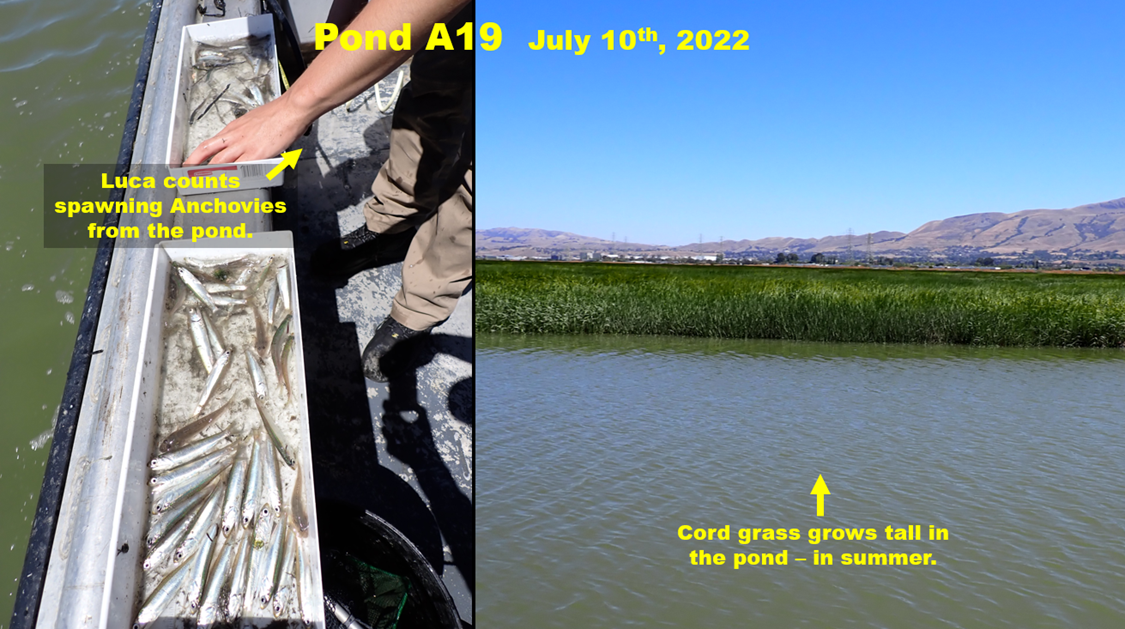
Sediment accretion has been slow at this pond area compared to Pond A21 just downstream, but hopefully, some hydrology improvements the Restoration Project added to Pond A19 in December 2021, opening up and flattening more levees, will speed that up.
To my mind, the fish-killing red tide that struck San Francisco Bay in July through August 2022 was a major unplanned “stress test” of restoration success.
The natural ecosystem, from microscopic bugs to tiny fishes, tends to buffer against big upsets such as those that were experienced farther north in San Francisco Bay last summer. However, this is difficult to prove or quantify. Fish died up there, but they didn’t die here in the same bay under almost identical conditions. We must understand this!
Seasons always change. Once again, we saw robust marsh plant growth in summer through fall 2022.
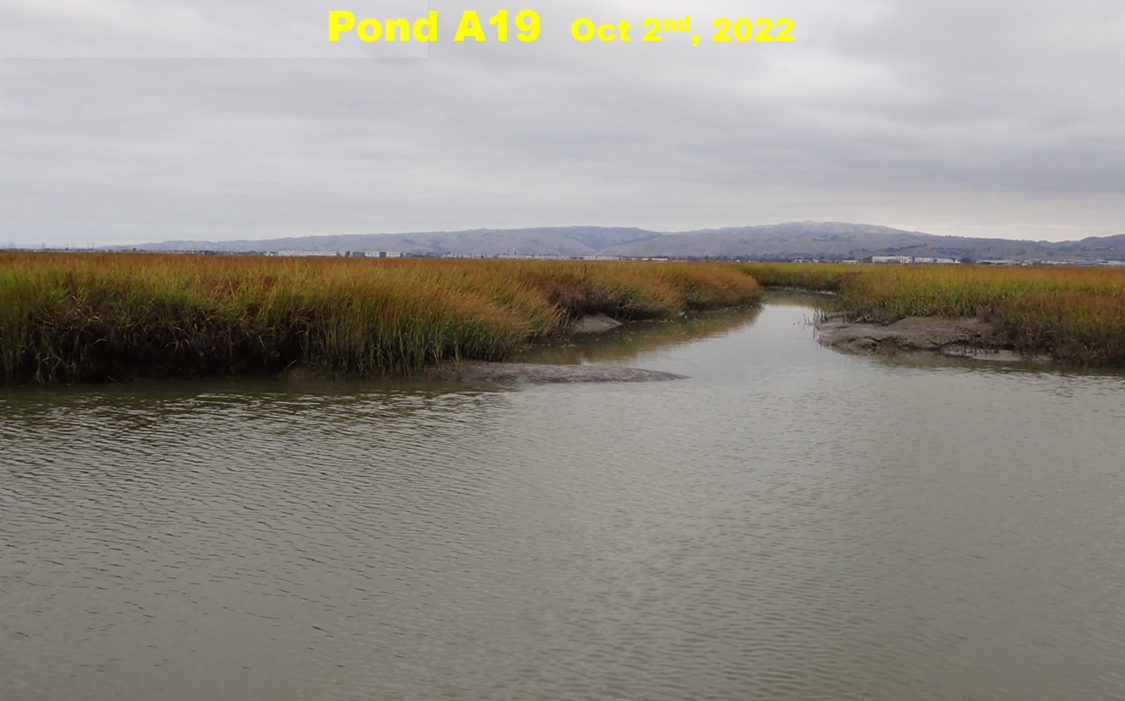
But, as in all previous years, plant growth died back considerably after yet another big freshwater flush from multiple atmospheric rivers in late 2022 through early 2023.
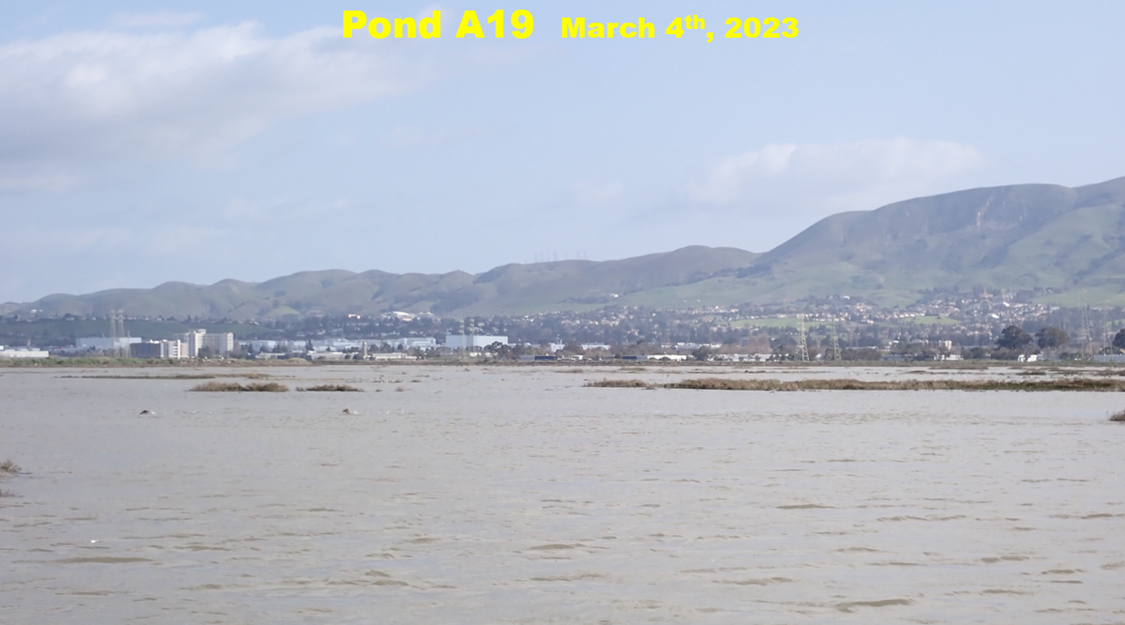
The marsh plants will grow back later this spring. They must!
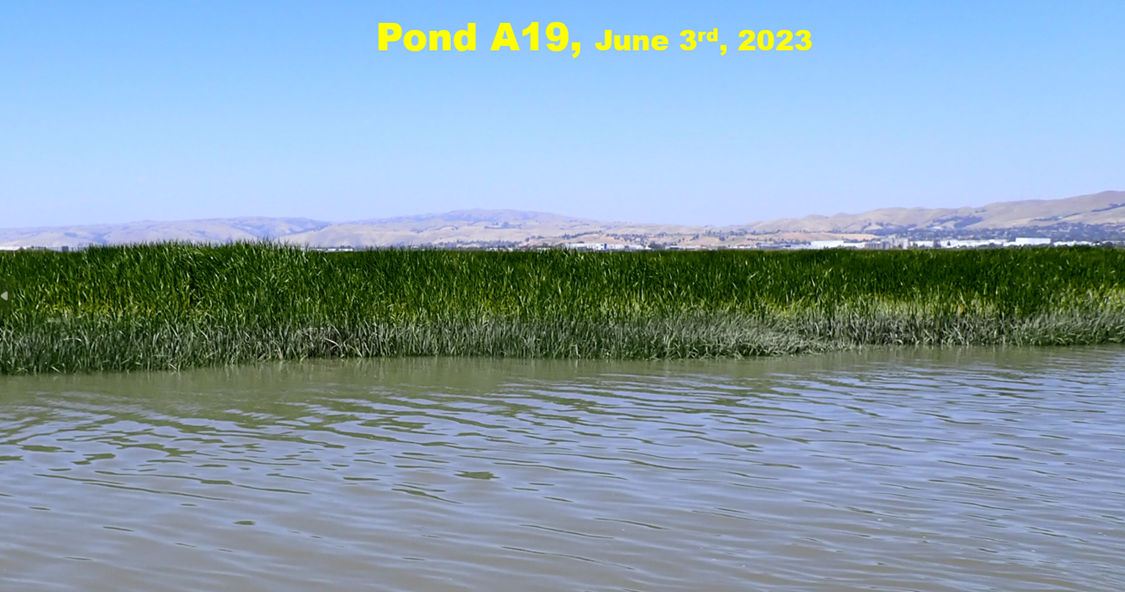
Note: Jim shares further observations about Bay plants, including the greenery resulting from our very wet 2022-23 winter, in a recent post on his UC Davis Fish in the Bay blog, Special Report: Marsh Plants in the restored Garden of Eden. He will periodically provide us updates on his observations.


